News
Interview with ‘Hereditary’ writer-director Ari Aster – Part One
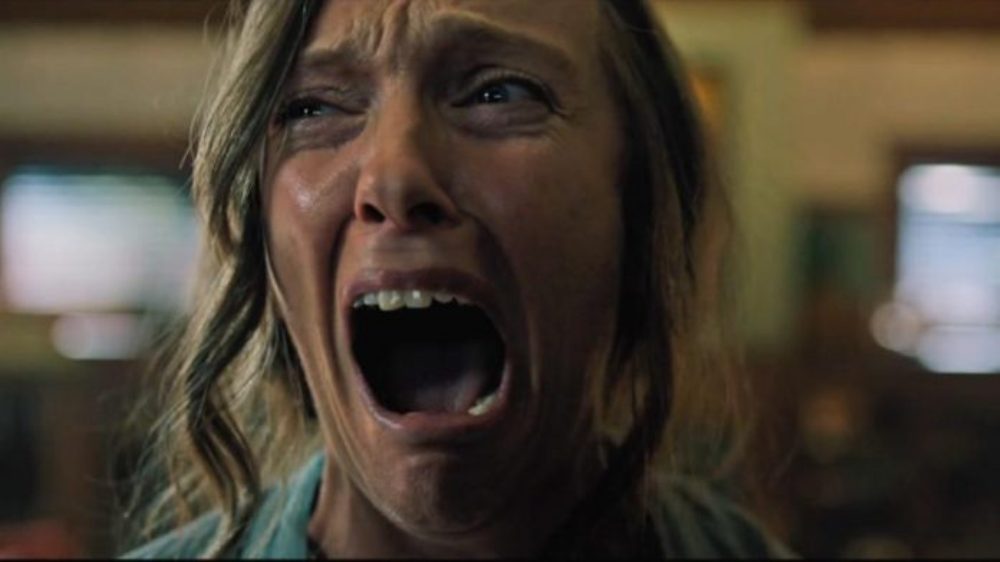
Hereditary represents a generational achievement in horror filmmaking and filmmaking period. Since Hereditary premiered at the Sundance Film Festival in January 2018, Hereditary has been compared to such classic horror film titles as The Exorcist and The Shining.
Hereditary has accumulated such a fearsome reputation that its upcoming theatrical release almost seems anti-climactic. Everyone who’s seen Hereditary has declared the film to be an instant classic.
Hereditary marks the feature filmmaking debut for writer-director Ari Aster, who spent the past decade making short films. “The reactions have been very exciting,” says Aster. “To be honest, I was initially just very relieved that people didn’t think it was a giant piece of shit.”
Hereditary tells the story of Annie Graham (Toni Collette), a woman who suspects that her mother’s death has unleashed a supernatural force that threatens to destroy Annie and her family.
DG: What was the genesis of, the inspiration for, Hereditary, and what is the significance of the film’s title?
AA: I wanted to make a serious meditation on grief and trauma that gradually curdles into a nightmare – the way that life can feel like a nightmare when disaster strikes. The true significance of the title shouldn’t dawn on the viewer until the end of the film, but suffice it to say that Hereditary is concerned primarily with the insidiousness of family ties. Over the course of the film, it becomes increasingly clear that this family has no free will; their fate has been passed down to them, and it’s an inheritance that they have no hope of shaking.
DG: What were the themes that you wanted to explore with this film?
AA: There are lots of movies about tragedy bringing people together and strengthening bonds. I wanted to make a film about all the ways that grief can tear people apart and how trauma can totally transform a person – and not necessarily for the better! Hereditary is a buffet of worst-case scenarios leading to an ugly, hopeless end. Now I just need to investigate why I wanted to do all that.
DG: What was the stylistic, visual strategy that you and your cinematographer discussed prior to the start of filming, and how would you describe the look and tone of the film?
AA: Well, I’ve been working with my DP, Pawel Pogorzelski, since I met him at AFI, and we’ve developed an amazing shorthand. We speak the same language, to such an extent that we become quite upset with each other at the very hint of a disagreement or misunderstanding. The way I work – and I’m sure that there are better ways of working – is that I always begin by composing a shot list, and I don’t talk to anyone in the crew until that shot list is complete. From there, questions of execution, lighting, production design, etc, become central. But first, every head of department needs to be able to see the film in their head. In this case, the camera would be very fluid, detached, observational – encroaching. The tone is tough to speak to…but I can say that I would often tell the crew that the film should feel evil. We’re with the family, and we’re joined to them in our ignorance of what’s really happening, but there should also be the sense that we’re watching them from a more knowing, sadistic perspective.
DG: What are the genre influences that you brought to this film, and what do you think audiences will find most compelling and frightening about this film?
AA: It was important to me that we attend to the family drama before we attended to the horror elements. The film needed to stand on its own as a domestic tragedy before it could work as a scary movie. So, most of the references that I gave to the crew were not horror films. Mike Leigh was one – especially Secrets and Lies and All or Nothing. We also talked seriously about The Ice Storm and In the Bedroom, which has a reversal at the 30-minute mark that isn’t so different from the one in Hereditary. Bergman is one of my heroes, and Cries and Whispers was something I was thinking about, along with Autumn Sonata for the way that it dealt with the mother-daughter relationship. The horror films we discussed were mostly from the 60s and 70s. Rosemary’s Baby was an obvious touchstone. Don’t Look Now is a big one. Nicholas Roeg, in general, was big for me. I love Jack Clayton’s The Innocents. And then there are the great Japanese horror films – Ugetsu, Onibaba, Empire of Passion, Kwaidan, Kuroneko…
DG: How would you describe the family dynamic that exists within the Graham family when we first meet them in the film, and how would you describe the journey they take throughout the film?
AA: The Grahams are already isolated from each other when we meet them. The air needed to be thick with a fraught, unacknowledged history. From there, things occur that only serve to alienate them further, and by the end of the film, each member of the family becomes a total stranger – if not a seeming double of themselves – to the other. To reference Freud’s essay on the uncanny, the home in Hereditary becomes resolutely unhomelike.
DG: How would you describe the nature of the malevolent presence that plagues the Graham family in the film, and how do they respond to this?
AA: There are many toxic influences at play. Guilt, resentment, blame, distrust…and then there’s a demon, too.
DG: How would you describe the nature of the relationship that exists, both in life and death, between Charlie and her grandmother, Ellen?
AA: To explain this would be to betray some pretty big reveals in the film. I’ll refrain to avoid spoiling!

DG: What was the biggest challenge that you faced during the filming?
AA: We built the entire interior of the house on a sound stage. Everything inside the house was designed and built from scratch. Beyond this, we had the additional challenge of needing to create a miniature replica of the house (among many other miniatures). This meant that we needed to design every element of the home well in advance of shooting. That doesn’t just mean that we needed to decide on the layout of the house and the dimensions of the rooms, which is actually the easiest thing for the miniaturist to replicate; it meant that we needed to make committed decisions regarding the set dressing very early on. So, we needed to know what the furniture would be, what the wallpaper would be, what plants we’d have in each room, what drapes we’d be putting over the window, and so on and so forth. We shot everything involving the dollhouses in our last week of production, and it was so tight that we had miniatures being shipped in on the very days that they were being shot.
Hereditary will be released on June 8, 2018.
'Civil War' Review: Is It Worth Watching?
Follow our new YouTube channel "Mysteries and Movies" here.

News
Watch ‘The Burning’ At The Location Where It Was Filmed
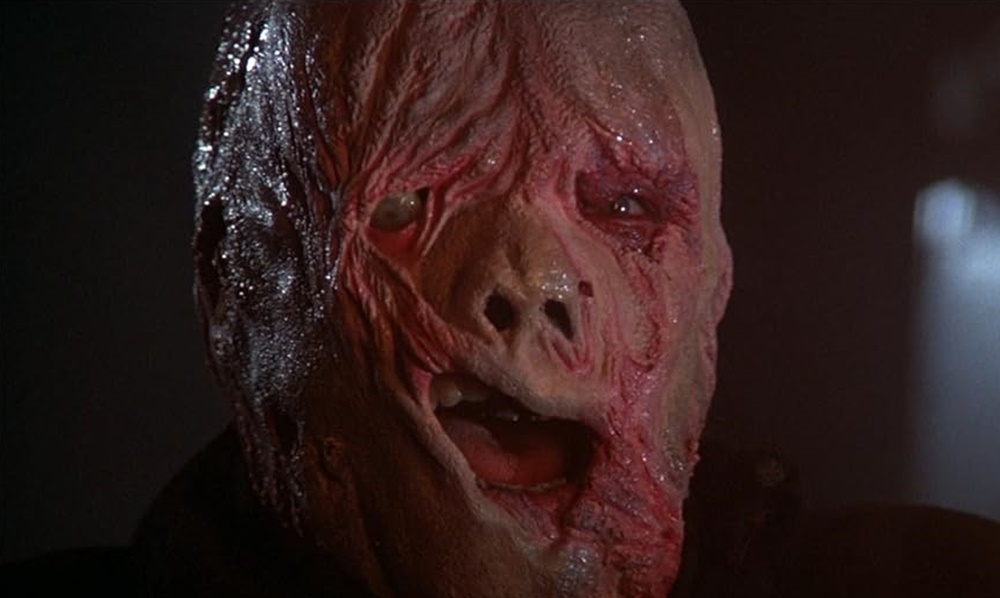
Fangoria is reporting that fans of the 1981 slasher The Burning will be able to have a screening of the film at the location where it was filmed. The movie is set at Camp Blackfoot which is actually the Stonehaven Nature Preserve in Ransomville, New York.
This ticketed event will take place on August 3. Guests will be able to take a tour of the grounds as well as enjoy some campfire snacks along with the screening of The Burning.
The film came out in the early ’80s when teen slashers were being churned out in magnum force. Thanks to Sean S. Cunningham’s Friday the 13th, filmmakers wanted to get in on the low-budget, high-profit movie market and a casket load of these types of films were produced, some better than others.
The Burning is one of the good ones, mostly because of the special effects from Tom Savini who had just come off of his groundbreaking work on Dawn of the Dead and Friday the 13th. He declined to do the sequel because of its illogical premise and instead signed on to do this movie. Also, a young Jason Alexander who would later go on to play George in Seinfeld is a featured player.
Because of its practical gore, The Burning had to be heavily edited before it received an R-rating. The MPAA was under the thumb of protest groups and political bigwigs to censor violent films at the time because slashers were just so graphic and detailed in their gore.
Tickets are $50, and if you want a special t-shirt, that will cost you another $25, You can get all the information by visiting the On Set Cinema webpage.
'Civil War' Review: Is It Worth Watching?
Follow our new YouTube channel "Mysteries and Movies" here.
Movies
‘Longlegs’ Creepy “Part 2” Teaser Appears on Instagram
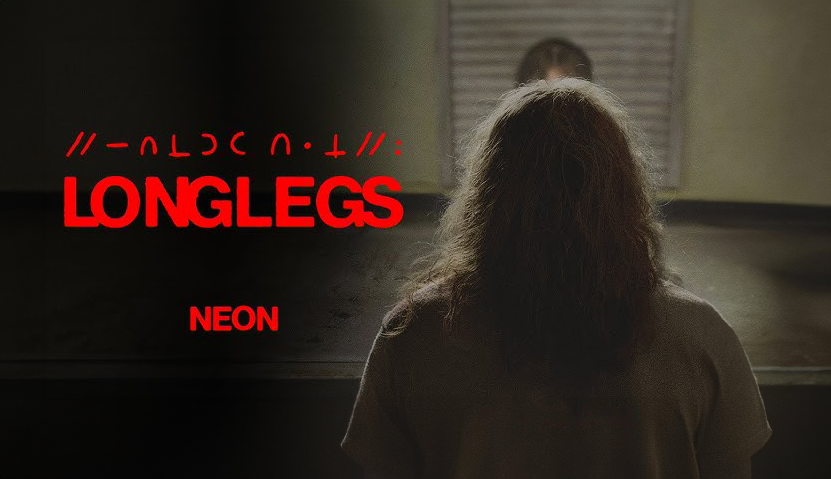
Neon Films released an Insta-teaser for their horror film Longlegs today. Titled Dirty: Part 2, the clip only furthers the mystery of what we are in for when this movie is finally released on July 12.
The official logline is: FBI Agent Lee Harker is assigned to an unsolved serial killer case that takes unexpected turns, revealing evidence of the occult. Harker discovers a personal connection to the killer and must stop him before he strikes again.
Directed by former actor Oz Perkins who also gave us The Blackcoat’s Daughter and Gretel & Hansel, Longlegs is already creating buzz with its moody images and cryptic hints. The film is rated R for bloody violence, and disturbing images.
Longlegs stars Nicolas Cage, Maika Monroe, and Alicia Witt.
'Civil War' Review: Is It Worth Watching?
Follow our new YouTube channel "Mysteries and Movies" here.
News
Exclusive Sneak Peek: Eli Roth and Crypt TV’s VR Series ‘The Faceless Lady’ Episode Five
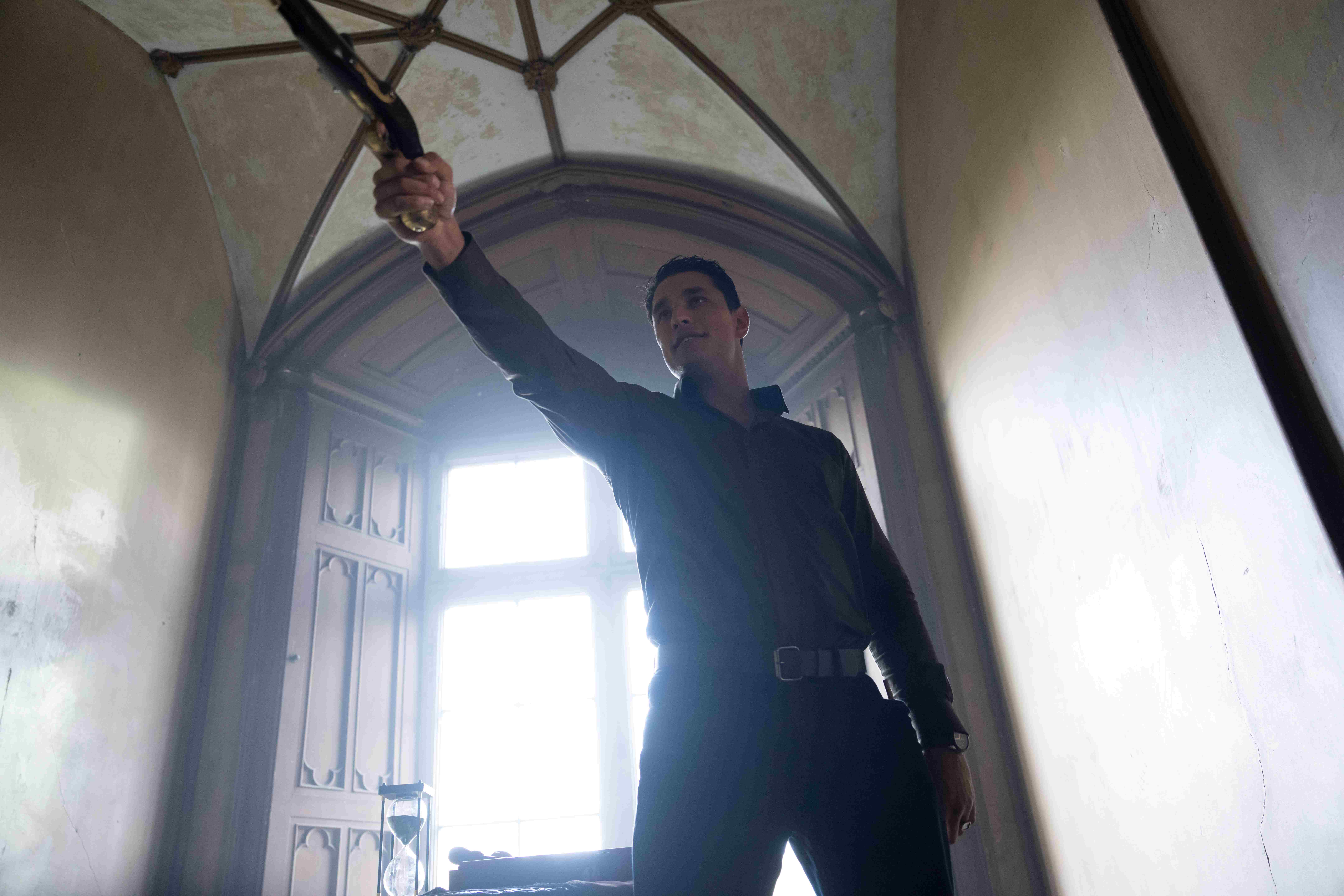
Eli Roth (Cabin Fever) and Crypt TV are knocking it out of the park with their new VR show, The Faceless Lady. For those unaware, this is the first fully scripted VR horror show on the market.
Even for masters of horror like Eli Roth and Crypt TV, this is a monumental undertaking. However, if I trust anyone to change the way that we experience horror, it would be these two legends.

Ripped from the pages of Irish folklore, The Faceless Lady tells the story of a tragic spirit cursed to wander the halls of her castle for all of eternity. However, when three young couples are invited to the castle for a series of games, their fates may soon change.
So far, the story has provided horror fans with a gripping game of life or death that doesn’t look as if it will slow down in episode five. Luckily, we have an exclusive clip that may be able to satiate your appetites until the new premiere.
Airing on 4/25 at 5pmPT/8pmET, episode five follows our final three contestants in this wicked game. As the stakes are raised ever higher, will Ella be able to fully awaken her connection with Lady Margaret?
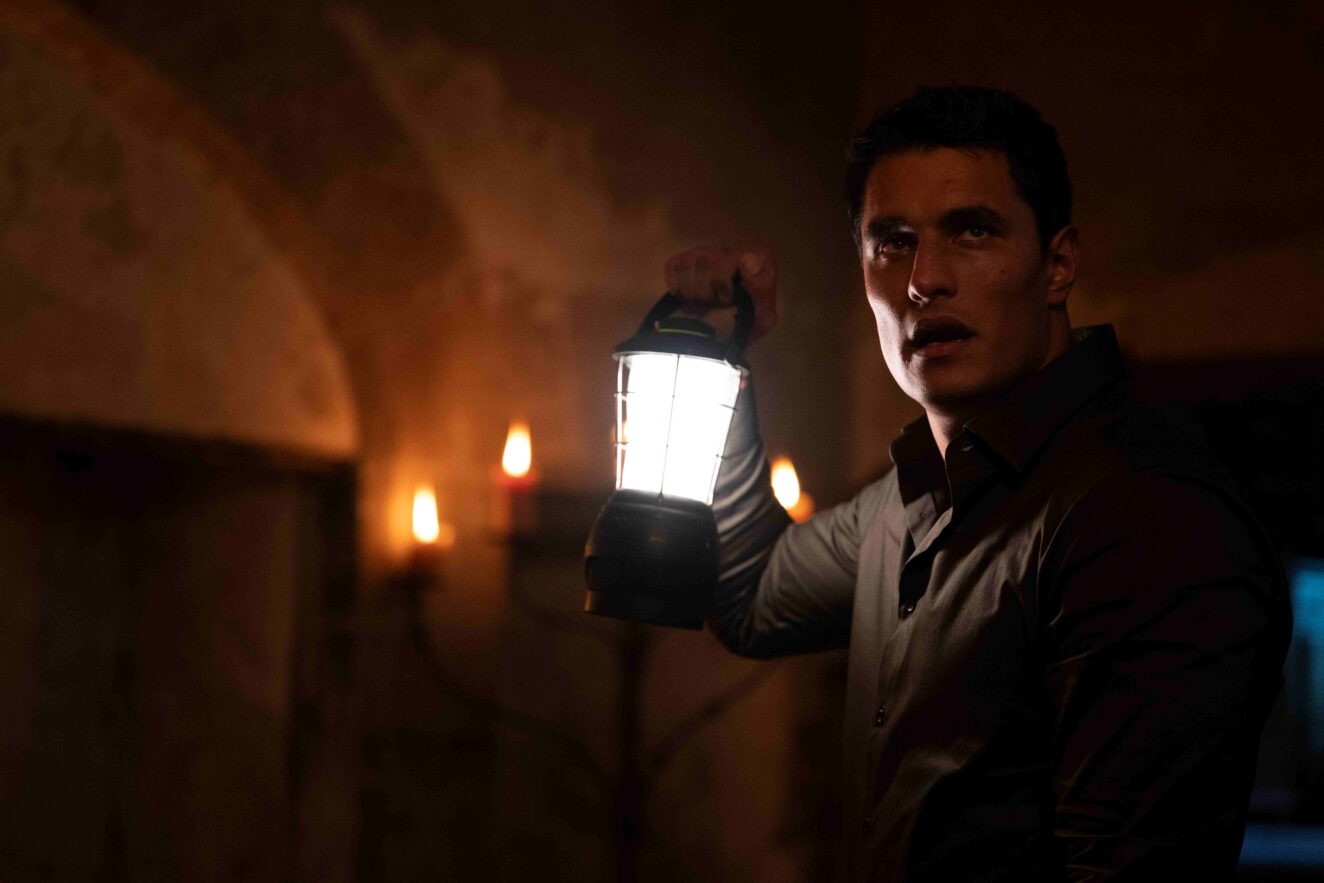
The newest episode can be found on Meta Quest TV. If you haven’t already, follow this link to subscribe to the series. Make sure to check out the new clip below.
Eli Roth Present’s THE FACELESS LADY S1E5 Clip: THE DUEL – YouTube
'Civil War' Review: Is It Worth Watching?
Follow our new YouTube channel "Mysteries and Movies" here.
-

 News6 days ago
News6 days agoWoman Brings Corpse Into Bank To Sign Loan Papers
-

 News5 days ago
News5 days agoBrad Dourif Says He’s Retiring Except For One Important Role
-

 Strange and Unusual5 days ago
Strange and Unusual5 days agoMan Arrested for Allegedly Taking a Severed Leg From Crash Site And Eating It
-

 Movies6 days ago
Movies6 days agoPart Concert, Part Horror Movie M. Night Shyamalan’s ‘Trap’ Trailer Released
-

 Movies6 days ago
Movies6 days agoAnother Creepy Spider Movie Hits Shudder This Month
-
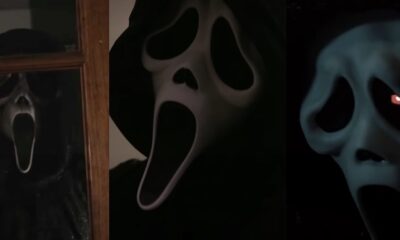
 Editorial5 days ago
Editorial5 days ago7 Great ‘Scream’ Fan Films & Shorts Worth a Watch
-
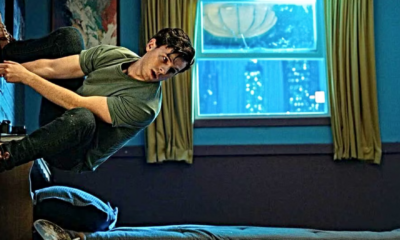
 Movies4 days ago
Movies4 days agoSpider-Man With a Cronenberg Twist in This Fan-Made Short
-

 News3 days ago
News3 days agoOriginal Blair Witch Cast Ask Lionsgate for Retroactive Residuals in Light of New Film
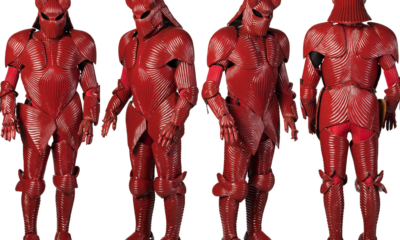

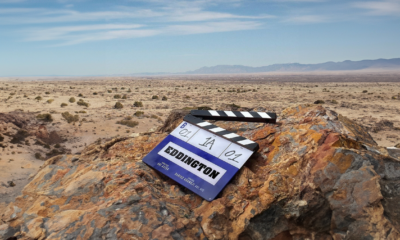

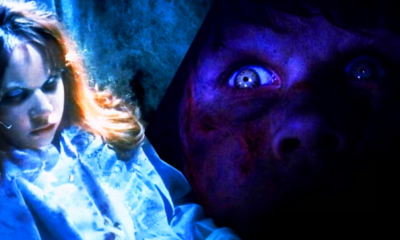





















You must be logged in to post a comment Login